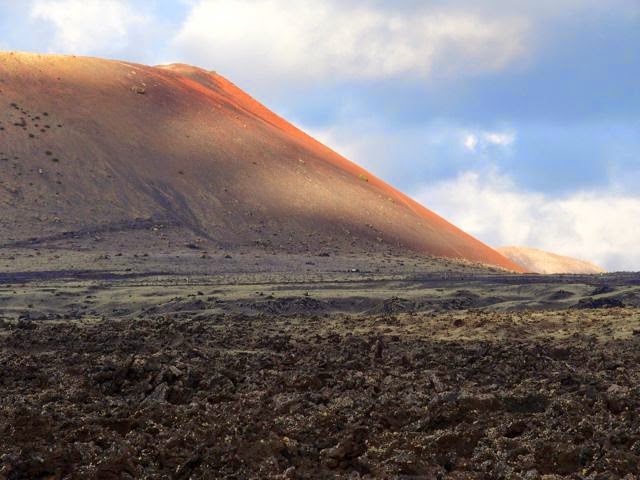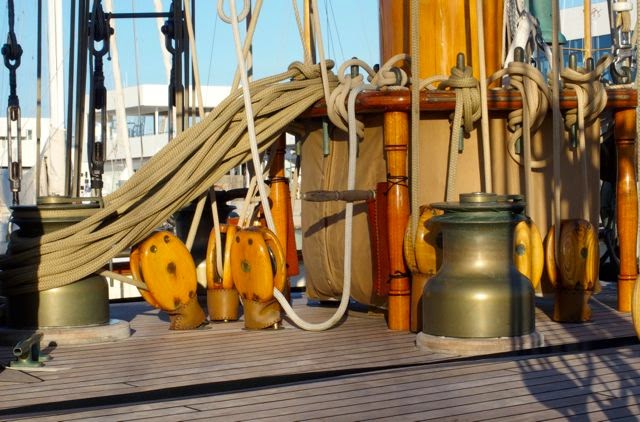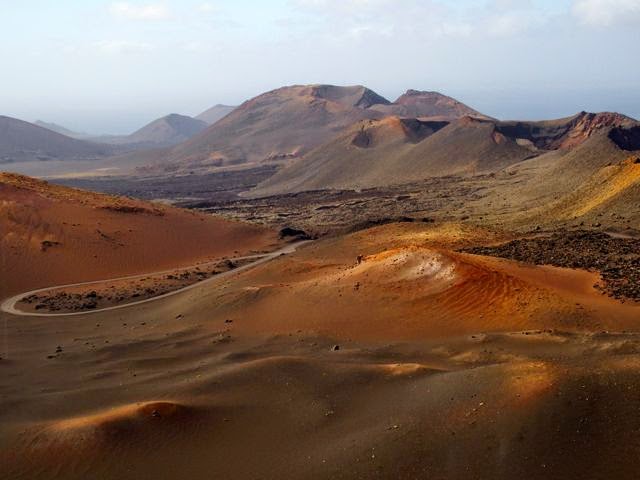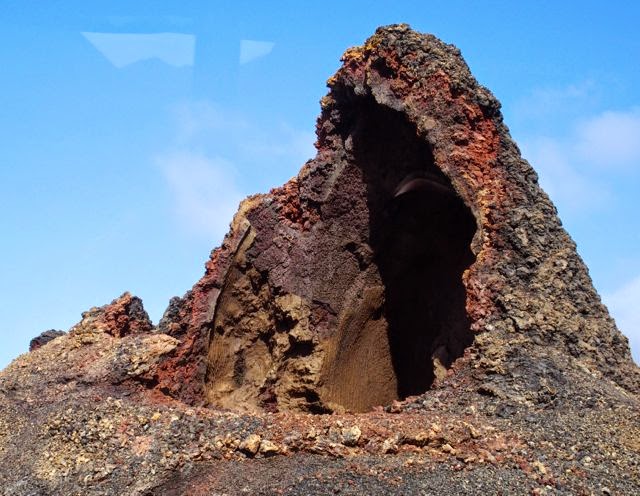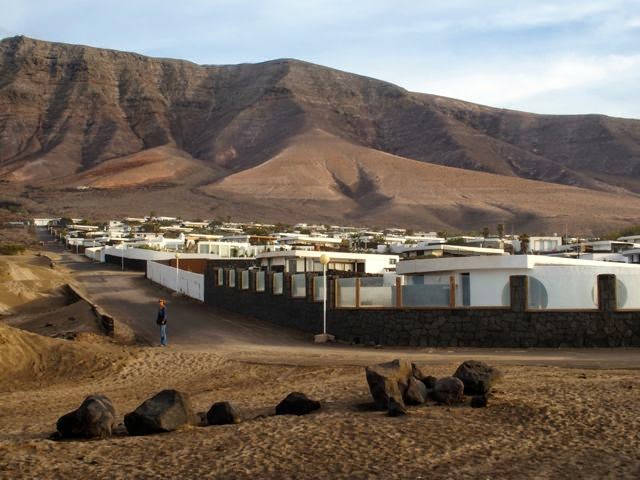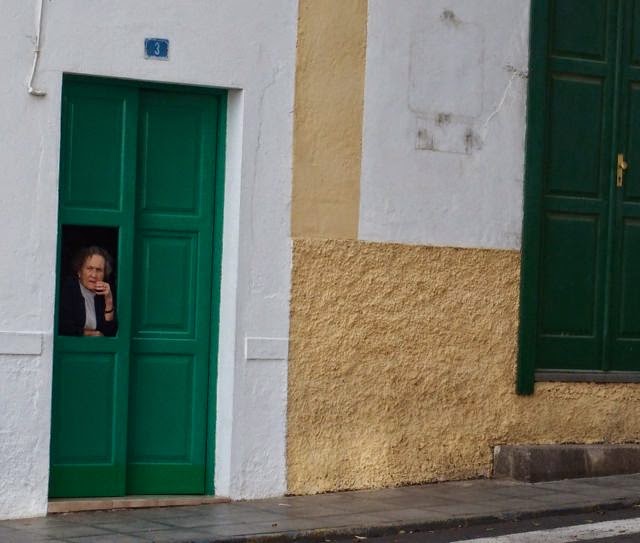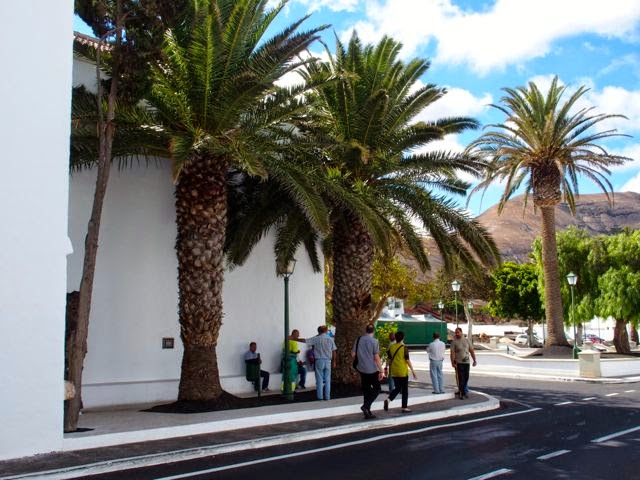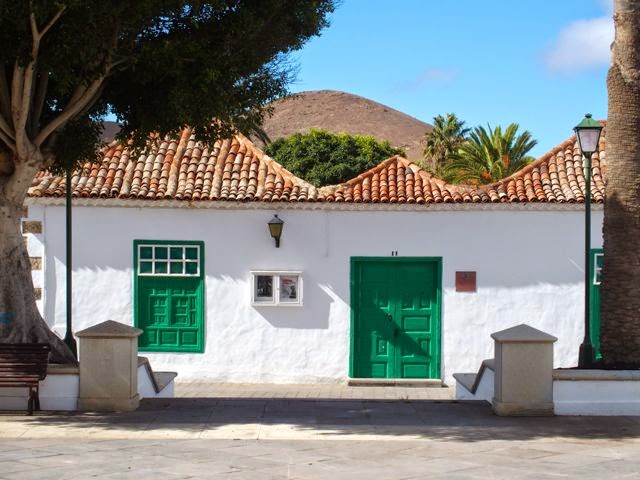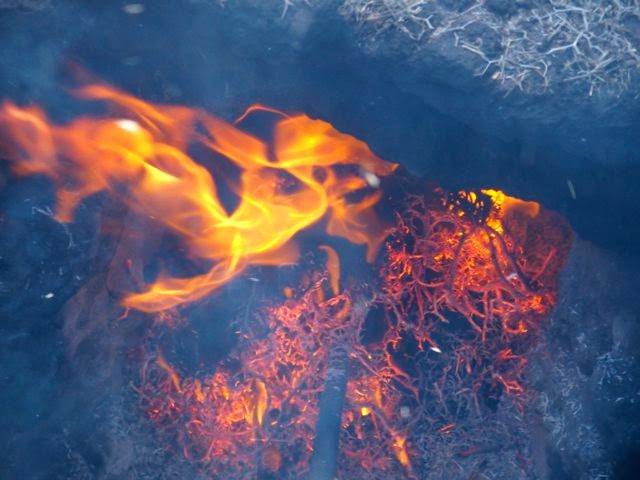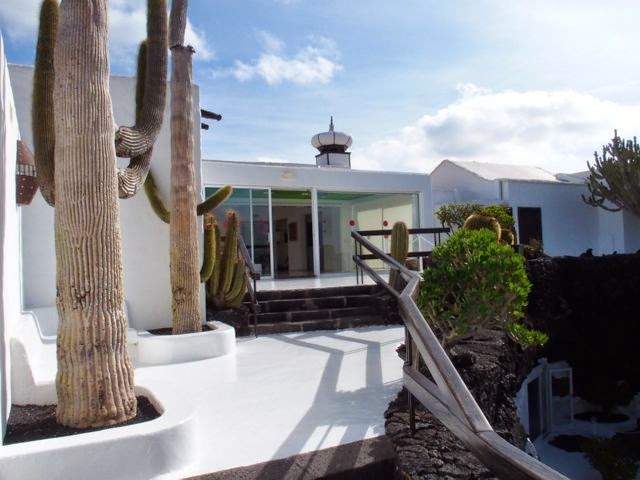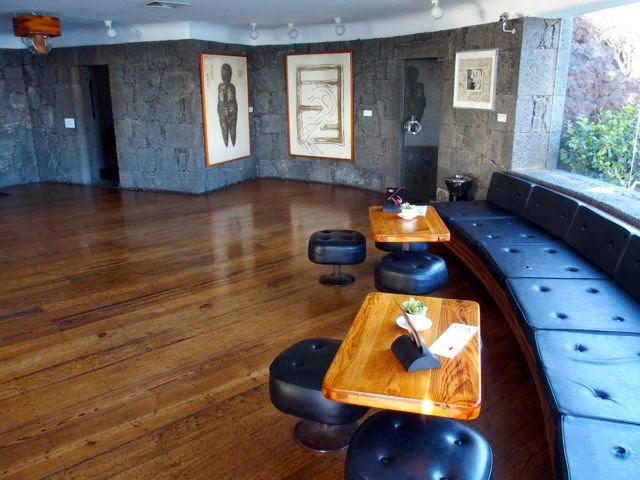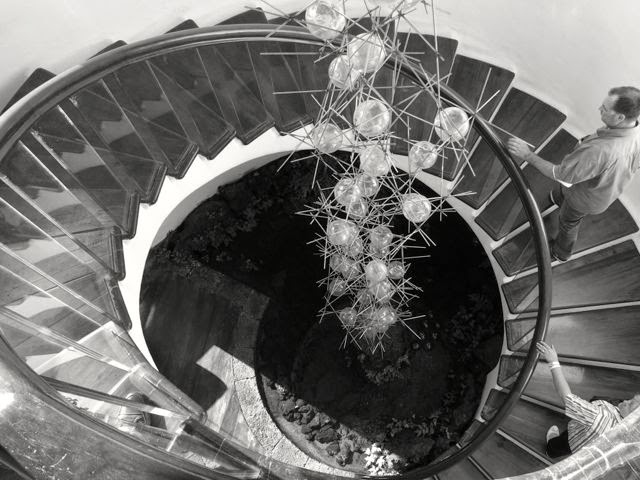"Is this a good omen?" Alex asked.
"I don't know. Omens are your thing," I said. Was a visit from a pair of killer whales on the first evening of our passage from Europe to the Americas propitious? The opposite didn't bear considering.
Alex heard them first. A snorting somewhere very close, behind the boat. Then a big black curved dorsal fin surfaced and beneath it, a big black body gliding along in our wake, perhaps two or three metres from the hull. A pilot whale, he said. Neither of us are very literate in marine biology. Then another one. Two fins and two big black bodies. When they lifted their huge weight out of the water, we saw the white markings. I've seen killer whales once before, in the surf line off Whangapoua beach on the Coromandel peninsula. I was sure they were killer whales. Alex had never seen killer whales before, but he was prepared to believe me.
We've been too close to a whale once before, a kid whale which was loitering in the middle of the busy yachting road heading towards Hamilton Island in the Whitsundays. He stopped us in our tracks, and gave us a huge fright. These whales were a lot smarter, but it took us a few minutes to relax with their proximity, watching them dive under the boat, cross the bow, glide alongside us...and then they were gone. We couldn't quite take in what we'd seen. The sun was going down behind Fueventura island, the Canary just south of Lanzarote. Our first night at sea, and a crescent moon was already high in the sky. The wind was gentle and the swell no more than a metre. This is how we began our Atlantic crossing.
Three nights have passed. The winds have been light, too light really, and we've inched our way down the African coast at a very sedate pace. A pod of dolphins came by on the second day, but other than that, marine traffic has been built of steel and travelling at about 11 knots towards ports with exotic African names, or conversely, going north, carrying the fuel which keeps Europe's cars on the road. We keep a close watch.
These early days are when you establish some routines for passage-making and having the boat on an even keel is a massive bonus. At 0900 UTC we tune into 8140 Mhz on our HF radio for the Tradewinds net, "hosted" by Ed and Sue on Angel Louise. They are much further south and west of us, and counting the miles until they reach Antigua. They're having trouble with a bilge switch. Tricky stuff, being down in the bilge in a catamaran in a heaving sea. We feel for them. They've got the wind we're waiting for, the trades, so they're moving quickly.
We know of other boats which will be leaving the Cape Verde islands (to the south of us)when the winds come in. Probably tomorrow or Thursday. They'll join the net too. At the moment, it's just Angel Louise, us and another boat which joined today. Really, it's crowded out here!
I have lentil and spinach soup on the stove, and bread on its second rise. Alex sleeps. We don't get enough sleep yet, but it takes a few days to break in the body, to get the watch patterns working. The nights have been cold, five layers of Icebreakers and wet weather gear cold. It'll be good to get down to the latitude where the butter melts. That's where marine lore tells you that you hang a left. Go west, in other words. We've got another two days of going south, most likely.
There's a catchphrase you hear on the radio scheds which says nothing and everything. "All's well on board". It contains a million variations on the theme of being at sea, but means fundamentally, we don't have any major problems, and we're more or less on course. All's well on Enki. The introductory chapter is to our liking but you wouldn't want to be without the suspense, would you?
----------
radio email processed by SailMail
for information see: http://www.sailmail.com
"I don't know. Omens are your thing," I said. Was a visit from a pair of killer whales on the first evening of our passage from Europe to the Americas propitious? The opposite didn't bear considering.
Alex heard them first. A snorting somewhere very close, behind the boat. Then a big black curved dorsal fin surfaced and beneath it, a big black body gliding along in our wake, perhaps two or three metres from the hull. A pilot whale, he said. Neither of us are very literate in marine biology. Then another one. Two fins and two big black bodies. When they lifted their huge weight out of the water, we saw the white markings. I've seen killer whales once before, in the surf line off Whangapoua beach on the Coromandel peninsula. I was sure they were killer whales. Alex had never seen killer whales before, but he was prepared to believe me.
We've been too close to a whale once before, a kid whale which was loitering in the middle of the busy yachting road heading towards Hamilton Island in the Whitsundays. He stopped us in our tracks, and gave us a huge fright. These whales were a lot smarter, but it took us a few minutes to relax with their proximity, watching them dive under the boat, cross the bow, glide alongside us...and then they were gone. We couldn't quite take in what we'd seen. The sun was going down behind Fueventura island, the Canary just south of Lanzarote. Our first night at sea, and a crescent moon was already high in the sky. The wind was gentle and the swell no more than a metre. This is how we began our Atlantic crossing.
Three nights have passed. The winds have been light, too light really, and we've inched our way down the African coast at a very sedate pace. A pod of dolphins came by on the second day, but other than that, marine traffic has been built of steel and travelling at about 11 knots towards ports with exotic African names, or conversely, going north, carrying the fuel which keeps Europe's cars on the road. We keep a close watch.
These early days are when you establish some routines for passage-making and having the boat on an even keel is a massive bonus. At 0900 UTC we tune into 8140 Mhz on our HF radio for the Tradewinds net, "hosted" by Ed and Sue on Angel Louise. They are much further south and west of us, and counting the miles until they reach Antigua. They're having trouble with a bilge switch. Tricky stuff, being down in the bilge in a catamaran in a heaving sea. We feel for them. They've got the wind we're waiting for, the trades, so they're moving quickly.
We know of other boats which will be leaving the Cape Verde islands (to the south of us)when the winds come in. Probably tomorrow or Thursday. They'll join the net too. At the moment, it's just Angel Louise, us and another boat which joined today. Really, it's crowded out here!
I have lentil and spinach soup on the stove, and bread on its second rise. Alex sleeps. We don't get enough sleep yet, but it takes a few days to break in the body, to get the watch patterns working. The nights have been cold, five layers of Icebreakers and wet weather gear cold. It'll be good to get down to the latitude where the butter melts. That's where marine lore tells you that you hang a left. Go west, in other words. We've got another two days of going south, most likely.
There's a catchphrase you hear on the radio scheds which says nothing and everything. "All's well on board". It contains a million variations on the theme of being at sea, but means fundamentally, we don't have any major problems, and we're more or less on course. All's well on Enki. The introductory chapter is to our liking but you wouldn't want to be without the suspense, would you?
----------
radio email processed by SailMail
for information see: http://www.sailmail.com



















